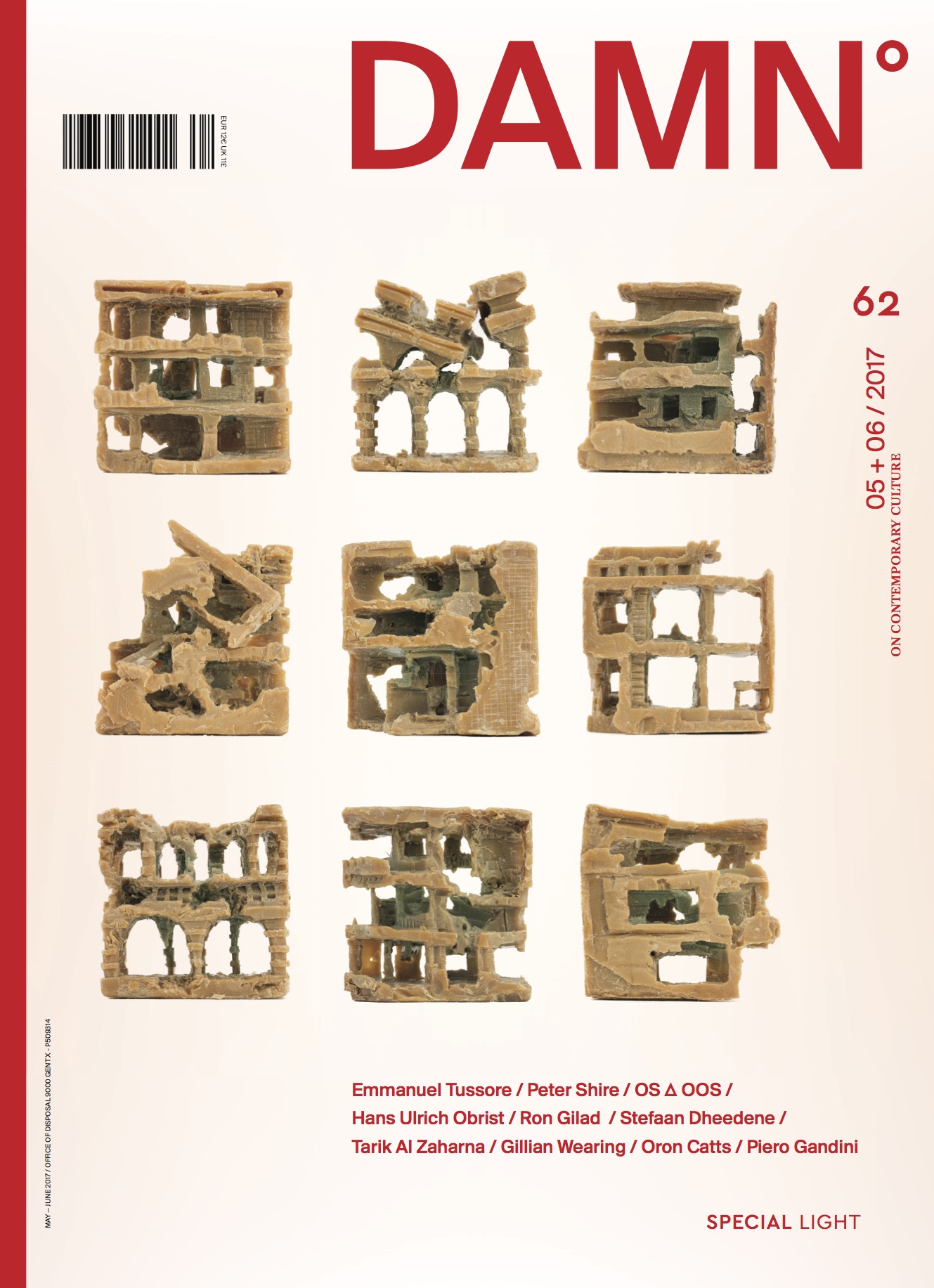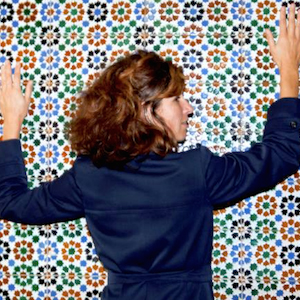Born in Monaco, Emmanuel Tussore began as a street photographer but quickly moved into other mediums, including video, performance, and installation. It’s all about the narrative, the story he wants to tell, along with the desire to make maximal impact. The artist says that he has always been intrigued by notions of nationality, migration, borders, and war. “My parents went to live in the States in their younger years and obtained US passports. As a kid, I automatically acquired double nationality. From a young age, I couldn’t understand why having two passports meant that I could travel freely while other people with different passports could not. This was my personal introduction into geopolitics.” This fascination has resulted in a body of work consisting of photo series, movies, and installations. A key work was Sirens, recently shown at the Berlinale International Film Festival in February: a video installation about migration. Sirens consists of one long shot of the shoreline in Senegal, with men and women walking relentlessly but quietly towards the horizon. “Sirens led to The Aleppo Project. Because of how the world is changing, I have become increasingly engaged. My work is more and more political. In our time, artists have to commit, we have to speak out.” And so he does.
Tussore started sculpting Aleppo soaps using blocks obtained from a huge stock kept in France. There are 1617 of them, to be precise, symbolising the number of days Aleppo, Syria’s most populated city, was under siege during the (still) on-going civil war, from July 2012 to December 2016. “Developed in ancient times by master soap-makers, Aleppo soap represents several thousands of years of culture and history. It’s the emblem of the city, reflecting an old, refined civilisation. Aleppo is also considered one of the world’s most ancient cities, having been constantly inhabited since the 6th millennium BC. All this affected me, and I started to carve Aleppo soaps.”
 The installation Tussore presented at Palazzo Litta was a big totem with cameras on top of it. “If you have to leave your home due to a war and you then become a refugee, you also lose your privacy. Cameras follow you everywhere. You’re constantly filmed. This means non-stop oppression and surveillance. By using black and white video images, I am referring to the typical war footage produced by drones that we see ad nauseam in the media. These images of demolished cities are in our heads now; they’re common, shared footage. At least I didn’t need to search for any images of the war, I could carve the soaps in the shape of demolished Syrian buildings off the top of my head”, says the artist, who also reveals that he was deliberately provoked to exhibit this installation in a public design context in Milan. “I very much like the public space and consider it useful to confront people outside of the normal context. Palazzo Litta was one of the first public events where I showed the piece, but I will keep on showing it in the public space. These blocks of soap look like bricks that you can build walls with, on a public square, for instance. And you can destroy them just like you can destroy a wall or a house or a street. Just like that.”
The installation Tussore presented at Palazzo Litta was a big totem with cameras on top of it. “If you have to leave your home due to a war and you then become a refugee, you also lose your privacy. Cameras follow you everywhere. You’re constantly filmed. This means non-stop oppression and surveillance. By using black and white video images, I am referring to the typical war footage produced by drones that we see ad nauseam in the media. These images of demolished cities are in our heads now; they’re common, shared footage. At least I didn’t need to search for any images of the war, I could carve the soaps in the shape of demolished Syrian buildings off the top of my head”, says the artist, who also reveals that he was deliberately provoked to exhibit this installation in a public design context in Milan. “I very much like the public space and consider it useful to confront people outside of the normal context. Palazzo Litta was one of the first public events where I showed the piece, but I will keep on showing it in the public space. These blocks of soap look like bricks that you can build walls with, on a public square, for instance. And you can destroy them just like you can destroy a wall or a house or a street. Just like that.”



Tussore started sculpting Aleppo soaps using blocks obtained from a huge stock kept in France. There are 1617 of them, to be precise, symbolising the number of days Aleppo, Syria’s most populated city, was under siege during the (still) on-going civil war, from July 2012 to December 2016. “Developed in ancient times by master soap-makers, Aleppo soap represents several thousands of years of culture and history. It’s the emblem of the city, reflecting an old, refined civilisation. Aleppo is also considered one of the world’s most ancient cities, having been constantly inhabited since the 6th millennium BC. All this affected me, and I started to carve Aleppo soaps.”

Aleppo Soap installation, 2017
© Emmanuel Tussore

Aleppo Soap installation, 2017
© Emmanuel Tussore

Aleppo Soap, 2017

Aleppo Soap, 2017
 Aleppo Soap, 2017
Aleppo Soap, 2017
 Aleppo Soap, 2017
Aleppo Soap, 2017



